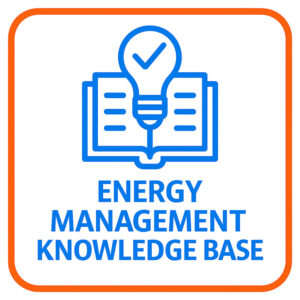SATEC meters have in-built embedded controllers to get the most out of your energy.
SATEC meter’s Programmable Logic Controller allows for development of various applications, including Demand Response, also known as Load Shedding or Demand Side Participation.
The following example uses a PM130EH PLUS meter for an Automatic Demand Response based on Maximum Demand (kW, KVA) or Time.
SATEC meters can be setup to automatically perform this control function, or receive messages from other communication platforms to operate under Demand Side Participation programs, Demand Side Management etc.
Response time in critical applications requires a Distributed Logic approach, where the device is autonomous to the control system and only providing status conditions. This is due to electrical system fluctuations requiring single cycle response time (20 milli-seconds @ 50hz), or half-cycle calculations with other SATEC energy controllers.
Control Your Load - Reduce Energy Cost
In today’s world of high cost electrical energy, it is often required to shed load to save cost of energy consumption. Load shedding may be implemented to avoid high penalties due to Maximum Demand (kW, KVA) restrictions or high cost of electrical energy during peak hours.
Shedding un-essential load (e.g. utility water pumps, heating and cooling, etc.) during peak energy cost time can result in significant saving in electrical bills.
Panel mounted, four quadrants SATEC PM130EH PLUS displays all required electrical parameters with accuracy class 0.5S. Its RS-485 serial port can be used to read all required parameters via Modbus RTU, DNP 3.0, Profibus DP or IEC 60870-5-101/4 protocols.
Add-On Module with four (4) Digital Inputs and two (2) Relay Outputs is available for use with the meter. This Add-On Module is installed at the side of the meter (see picture at bottom of blog). Four (4) Digital Inputs can be used to monitor feeder status and time synchronization of the meter Real-Time-Clock (RTC) utilising independent outputs.
Two relay (2) outputs can be used to control loads based on Maximum Demand or Time.
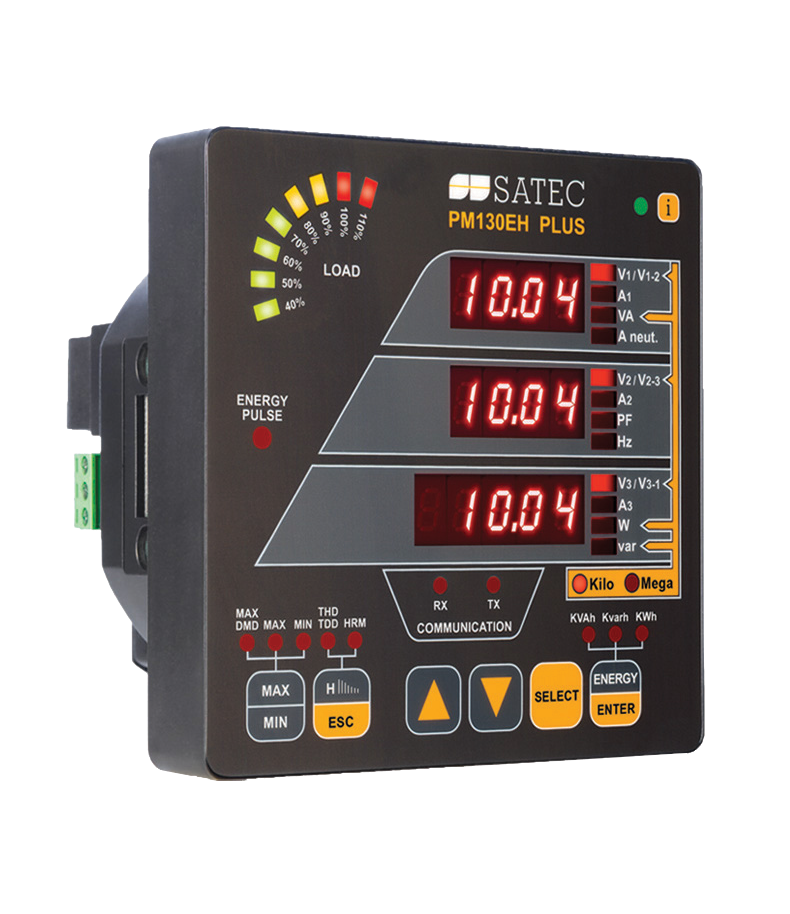
PM130EH PLUS Configuration - Maximum Demand Control
PM130EH PLUS is supplied with Power Analysis Software (PAS) used to configure the meter.
The PM130EH PLUS can be configured for following types of demand control:
- Block demand
- Sliding Block demand
- Accumulated demand
- Predicted demand
Required operate and release demand limits can be configured under “Control/Alarm Set points” using PAS software as shown.
Multiple levels of load shedding can be configured using the two (2) output relays.
Notification for load shedding can also be generated via Set Points. Notification of load shedding shall be provided via flashing LED on the meter front panel and also on any software interface screen via Modbus notification holding register.
Alarm notifications can be automatically published to a Modbus Master, through a Notification Message configured in the Control/Alarm Set Point in the energy controller – Note: Modbus TCP is required in this method, requiring use of Add-On Module.
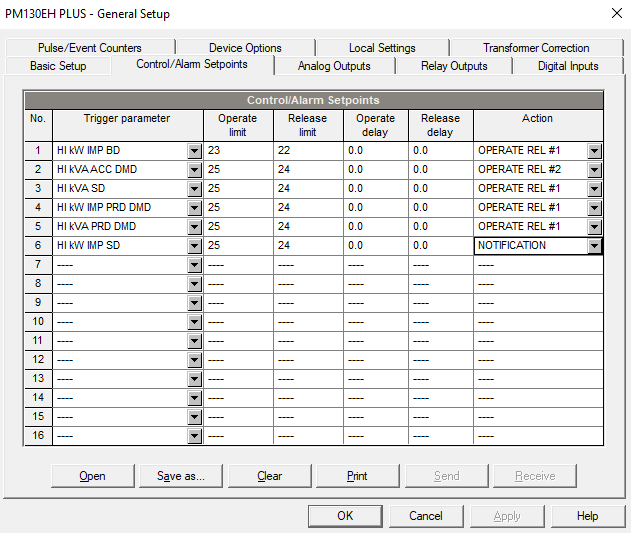
PM130EH PLUS Configuration - Time Based Load Shedding
Configuration screen for time based load shedding is shown. Two (2) output relays can be used for controlling two (2) sets of loads.
Set load shedding time to operate the relay. Relay operation can be used to control the switching of the load on or off.
Multiple load shedding schedules can be configured using this Control/Alarm Set Point configuration screen via PAS.
The meter Real-Time-Clock (RTC) should be synchronised using Modbus communication via the RS-485 port, pulse inputs or alternative protocol such as Modbus TCP, IEC 60870, DNP 3.0.
Automatic operation, based on well defined Setpoints within the SATEC energy controller can result in significant saving in cost of electrical energy usage.
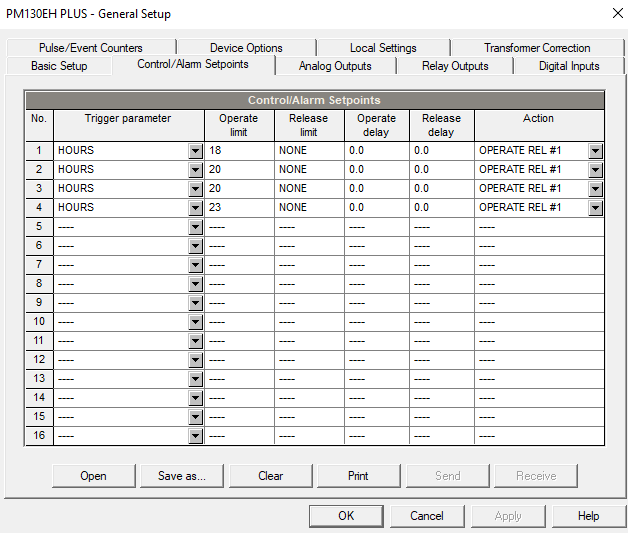
SATEC Devices used in this Application
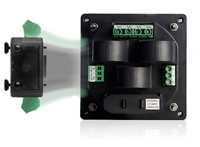
PM130EH PLUS with Add-On (Input & Output) Module
An Add-On Module is available for addition to the PM130EH PLUS meter, to allow for electrical contacts for input and output control – Digital Inputs and either Solid-State or Relay Outputs in various configurations.
These demand control applications also applies to PM135, EM132, EM133 metering hardware configured with SATEC Power Analysis Software (PAS).


